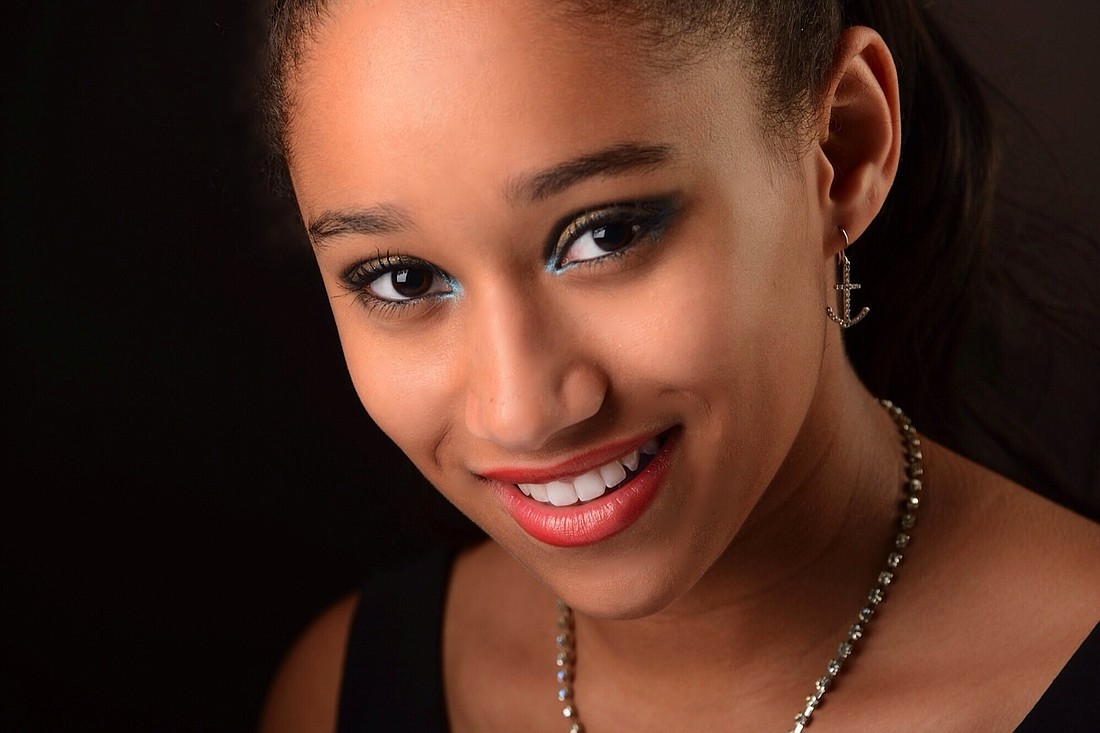- April 25, 2024
-
-
Loading

Loading

It’s an interesting thing watching what could be a major musical career unfold. We’ve been keeping eyes and ears on Maria Wirries since she was 11. She’s now about to turn 19, going into her junior year in Penn State's music program. Every time we hear her, she’s grown even more into the performer she may become as she matures.
Wirries, a soprano with the lower extension of a mezzo, who can belt if a song calls for it, has always had an enormous stage presence. She enters stage right, and the house lights up.
This past weekend, the beautiful and talented young woman lit up the Glenridge Performing Arts Center with pianist Alan Jay Corey (who’s been her voice teacher and coach through most of her earlier years) and the multitalented steel pan/drummer John Patti. Their program, taking Wirries “From the Caribbean to College and Back,” was something of a nightclub-cabaret act that she’d put together with entertaining and insightful comments, letting us glimpse into her raison d’être for each song.
Wirries has thankfully maintained her freshness, with a charming naiveté in her banter. And her brilliantly youthful voice, while beautifully trained to go further, never pushes or over-reaches the abilities she has right now.
The first part of her program featured primarily songs from shows she loves and has participated in during her first years at Penn State. From “Home,” from “Phantom,” to the warm-hearted “Creole Girl,” from “Nightsongs,” she never lost her enthusiasm for the music and the words. With impeccable diction that allowed us to understand every word of every song, Wirries managed to tell stories, turning herself into different characters, from the Baker’s Wife to the mid-century hippy from “Hair,” which she casually reminded us — making us feel our age — is now 50 years old.
But Wirries hasn’t cast off all childish things. When she’s nervous and feeling out her audience, she still occasionally resorts to what I call the “Maria Shrug,” a young mannerism she’s had since I’ve known her, that lifts an arm into the air and, with a bit of embarrassment, allows the arm to do a should shrug and plop back onto her hip in a youthful but meaningless movement that she’ll soon outgrow.
Using the many tools in her box of vocal talent, Wirries is able to draw on the vastness and depth of her voice and musical understanding to weave a spell with her audience. What she doesn’t seem to realize, yet, is the enormity of those abilities and, when she’s using her upper register, she still sings with only part of what she has, trying to give shadings and nuances that she doesn’t quite know how to handle at this stage of her growth.
Very much to her credit, however, she never pushes, but rather, always keeps her young abilities in proportion to everything she’s doing. How tempting it must be to pull out all the stops, but she’s not only talented and well-trained, she’s also smart. There’s time ahead for those colors and sounds. It’s just frustrating for us in the audience, because she seems so far beyond her years, we want to hear all of it. Now.
The second half of the program focused on a wide variety of songs, from classics, including “Summertime” (sung in an arrangement that made good use of the steel pans and even had Wirries showing off her scat chops), to a charming morsel called “Hang on Little Tomato.”
Having changed from a glittering gold gown in the first half to a Haitian-inspired costume for the second, we were treated, not just to Wirries’ charm, but also to a brief but fascinating history of the steel pans, complete with demonstrations and looks inside the instruments by the verbal and dextrous John Patti.
If we were to get into the nitty gritty of this program, one might say there should have been more variety in Wirries’ choice of songs. Too often energy was subdued and her performances gave the impression she was singing only from the neck up, rather than giving us the full force of her very forceful personality and talent.
Then again, it was a wisely chosen program that kept her youth, fragility and intelligence in the forefront. It’s all there: the lyrical understanding, energetic performances and certainly a voice that will one day knock us out of our seats.
For now, she’s better off leaving us wanting more. It’s worth the wait.